By Rick VanSickle
When conditions are ideal in Niagara, Reif Estate crafts its super-premium “First Growth” wines from grapes left to bask in the heat and sun of a warm vintage reach optimum ripeness.
Note: Also in this report — new wines from Malivoire, a interesting new Baco Noir from Henry of Pelham, and a single-vineyard Pinot Noir from Inniskillin, plus Niagara recommendations from the Vintages release Saturday and top Niagara wines in the November and December Classics Collection from Vintages.
The Reif family and winemaker Roberto DiDomenico are sticklers for detail and only make the First Growth wines under certain conditions: Yields of no more than 2 and half tonnes per acre of fruit, grapes harvested from only the oldest vineyard blocks on the farm which are now over 30 years old and are among the original vinifera vine plantings in Ontario, fruit picked at a minimum of 23 Brix and a minimum of 24 months in new oak barriques for complexity and further aging potential in bottle and left unfiltered, leaving the wine in its purest form.
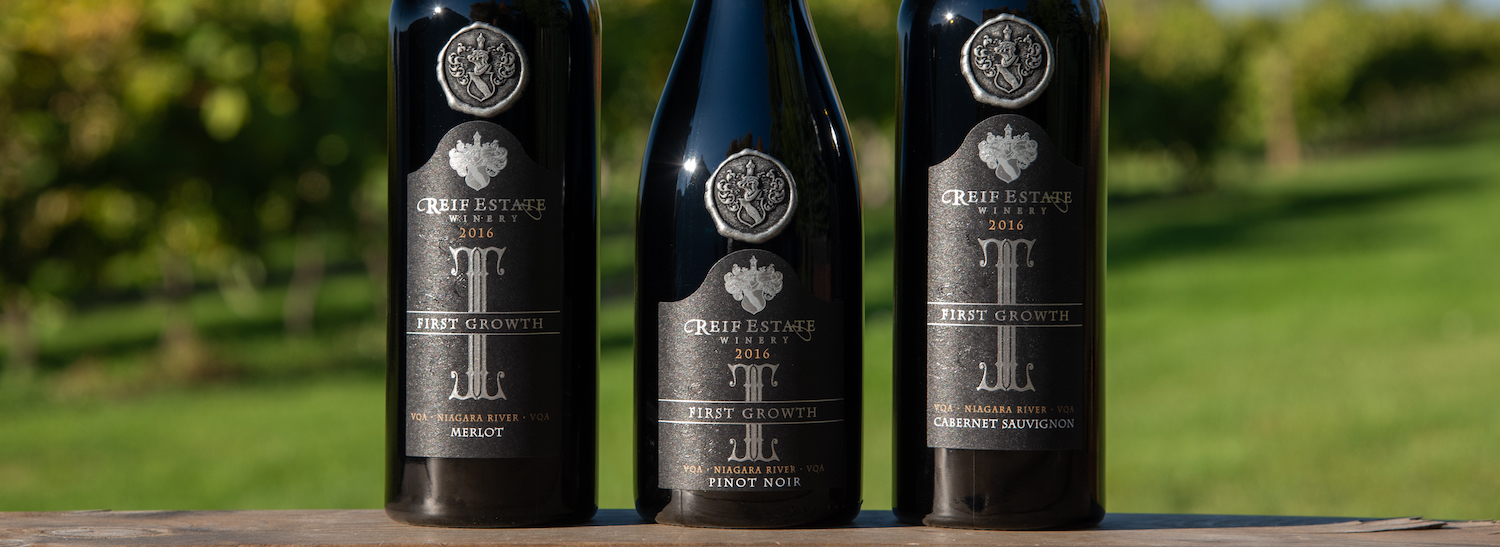
“When all these requirements are met, we have our First Growths,” owner Klaus Reif told me several years ago. The 2016 vintage met those conditions, the first since 2007 and only the fourth since the winery began producing wine in 1983. The other vintages it was made was in 2001, 2002. The standards of winemaking for the collection were developed by Reif and DiDomenico in 2001 when they were dreaming about the ultimate wines they could produce together. Established vines are ideal for premium wine production so they selected a Cabernet Sauvignon and Merlot block planted in 1989 and a Pinot Noir block planted in 1987.
“Klaus and I have been making wine together for 30 years and the First Growth Collection is the expression of our dream to produce wines that reflect the essence of the Reif vineyards,” said DiDomenico. “All across the globe this is known as the ‘terroir’ of the vineyard.”
The 2016 First Growth Collection wines are in limited supply and retail for $100 per bottle. The release includes a Pinot Noir, Merlot and Cabernet Sauvignon. On weekends in November consumers can taste all three wines in the collection paired with artisan cheeses for $45 per person. Reservations are recommended as seating is only available at 2 p.m. in the winemaker’s loft on weekends.
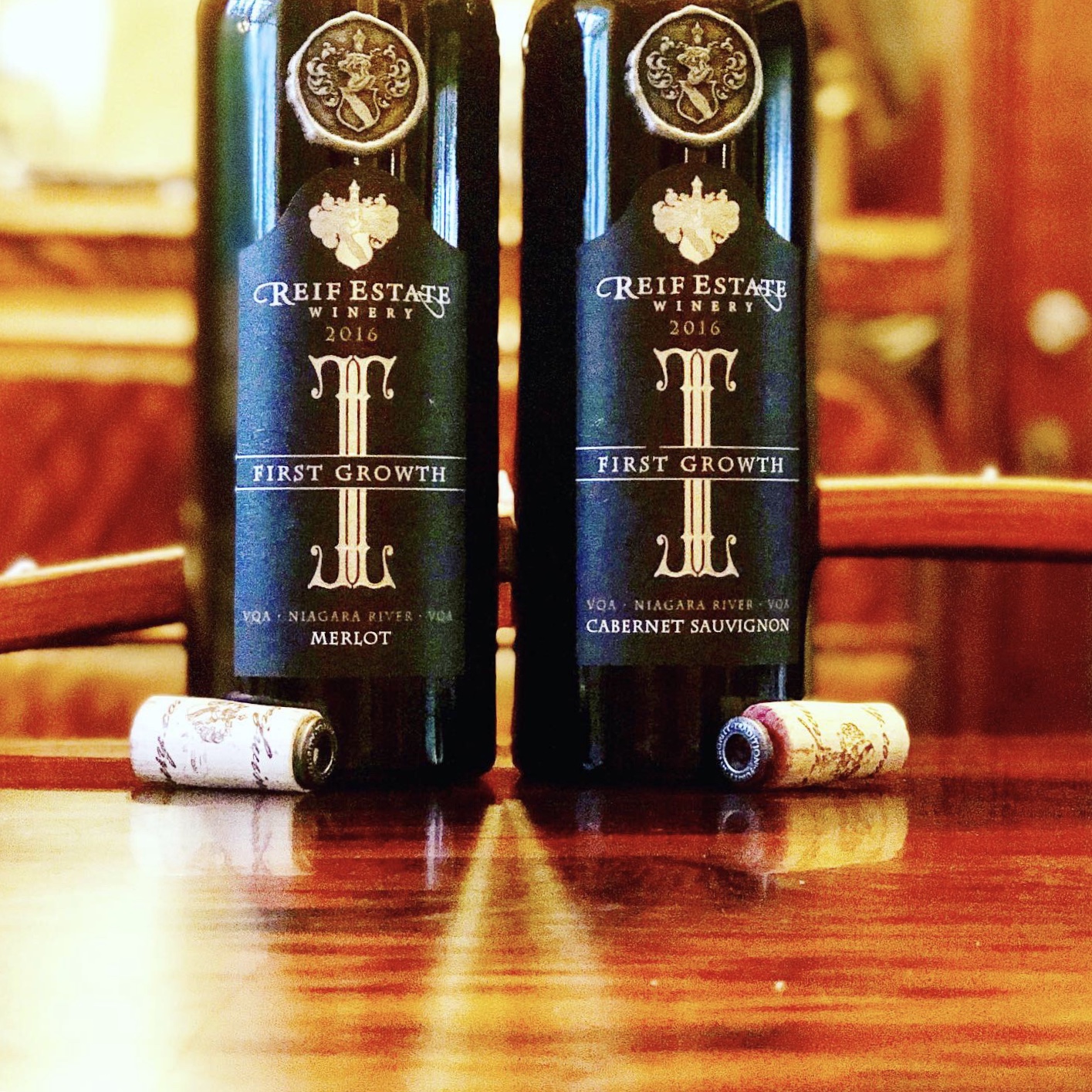
As for the usage of “First Growth” on the label for these wines, it’s not what you think. Reif came up with the words from his native country of Germany. “Erstes Gewächs,” which means First Growth, or Grand Cru, is the Rheingau’s way of classifying the top wines in that region. “I was looking for something special to describe my designer wines,” Reif told Wines In Niagara when the 2007s were released.
Reif and DiDomenico, below, both agree that they are not advocating for a classification system like the one used in Bordeaux or the Rheingau.
“I would never be as arrogant to say ‘my wine is a First Growth,’ ” he said. “It’s winery specific, the best we can make at our estate.”
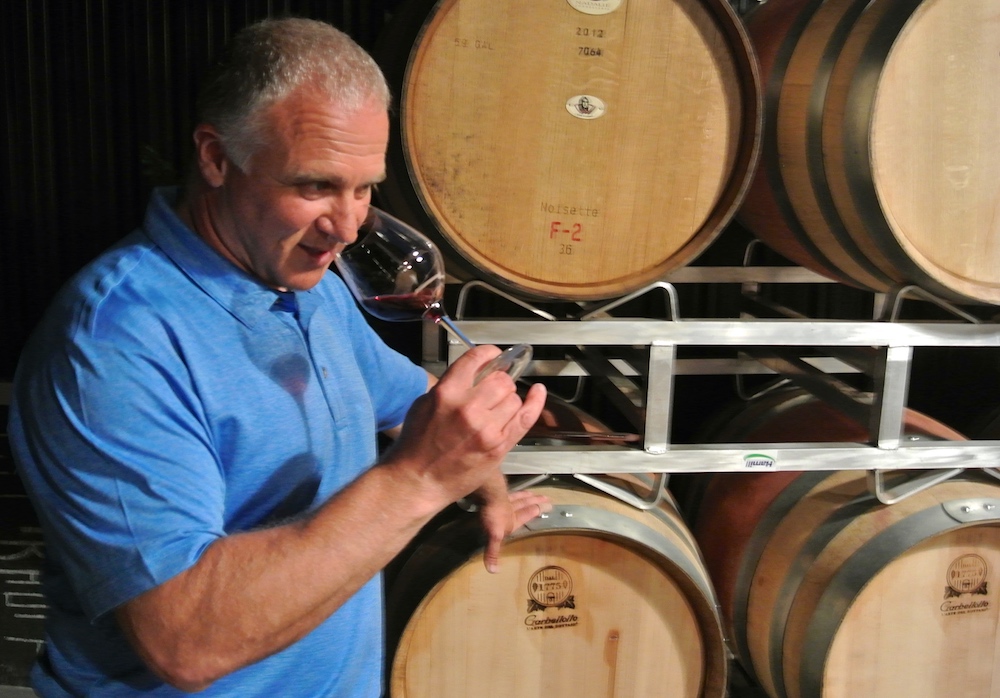
The 2007 First Growth wines, even at $50 a bottle back then (at the time some of the most expensive wines in the country), were absolutely stunning and a showcase for the Niagara River sub-appellation that cuts its teeth on Bordeaux varietals. But the 2016s, the two I tasted, surpass what Reif did in 2007. At $100 per bottle they are not the most expensive in Ontario, but they are up there with Two Sisters’ Stone Eagle wines, Graham Rennie’s “super Niagara” appassimento top wines, Big Head’s top wines, Foreign Affair’s $163 appassimento wine and a few others approaching the $100 mark. By Okanagan standards, $100 a bottle as a threshold has long been surpassed by many upstarts in the B.C. region from much younger vines than Reif is farming.
These are wines to cellar, up to and beyond 10 years, for lovers of well-made Bordeaux varietal focused wines that are comfortable beside their treasures from France and California. Niagara doesn’t always get it right every vintage for these bigger, full-bodied reds, but when it does, they are simply gorgeous, a nice balance between ripe fruit and racy acidity that this region has in spades.
The bottle, too, is impressive. It’s made from heavy, dark glass with what looks like a pewter medallion depicting the Reif coat of arms and embossed labeling. The top of the cork has centring ring (which is also pewter like) and the words Tradition, Purity and Integrity etched in. Quite cool looking.
So, kudos to the Reif team.
Here’s what I liked from Reif’s latest iteration of the First Growth wines.
Reif Estate First Growth Cabernet Sauvignon 2016 ($100, winery only, 94 points) — The fruit was hand-harvested from the Cabernet Sauvignon vineyard block planted in 1989 in the Niagara River sub-app and thinned to a restricted 2 tonnes per acre. After fermentation was complete the wine moved into new French and new Hungarian oak barrels where the wine completed malolactic fermentation and aged for 30 months. It has a powerful and seductive nose of ripe black currants, blackberries, plums, cassis, graphite, sandalwood, mocha, leather and wonderful spice aromas. All that carries to the palate and more, with an array of dark berries including concentrated currants and cassis with kirsch, rich spice notes, polished tannins and complex layers of ripe fruit that all lead to a long, energetic finish. This wine was delicious when opened for the initial tasting, but was improved greatly a day later. I suggest it will improve for 10 years plus in your cellar. The best Cabernet Sauvingon I have tasted from Niagara. 14.5% abv.
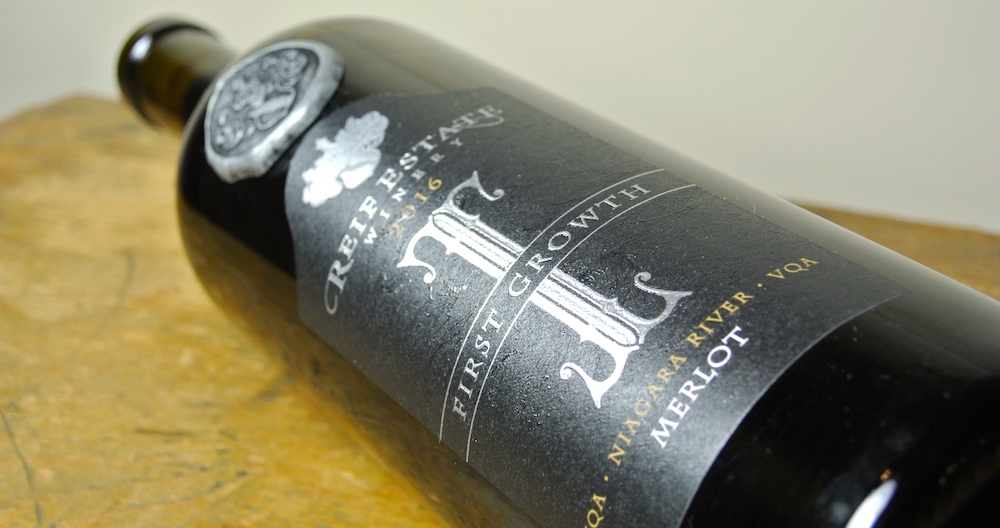
Reif Estate First Growth Merlot 2016 ($100, winery, 93 points) — The fruit was hand-harvested from the estate’s Merlot vineyard block planted 1989 and thinned to 2 tonnes per acre. After fermentation was complete, the wine was moved into new French oak barrels where the wine completed malolactic fermentation and aged for 30 months. The wine was bottled unfiltered. The Merlot is tighter than the Cab Sauv and needs to breathe and open up if you are bringing this home to drink right away. Once you swirl it, the nose begins revealing rich aromas of cherry-kirsch, brambly raspberries, cassis and beautifully elegant oak spice notes. It’s still tight on the palate and wrapped in firm tannins, but underneath there is a range of juicy red and dark berries, touches of plum and cassis with meaty/earthy accents and all leading to a long, long finish. This will also benefit from 8-10 years of cellaring, but can decant and drink now.
Henry of Pelham, the King of Baco
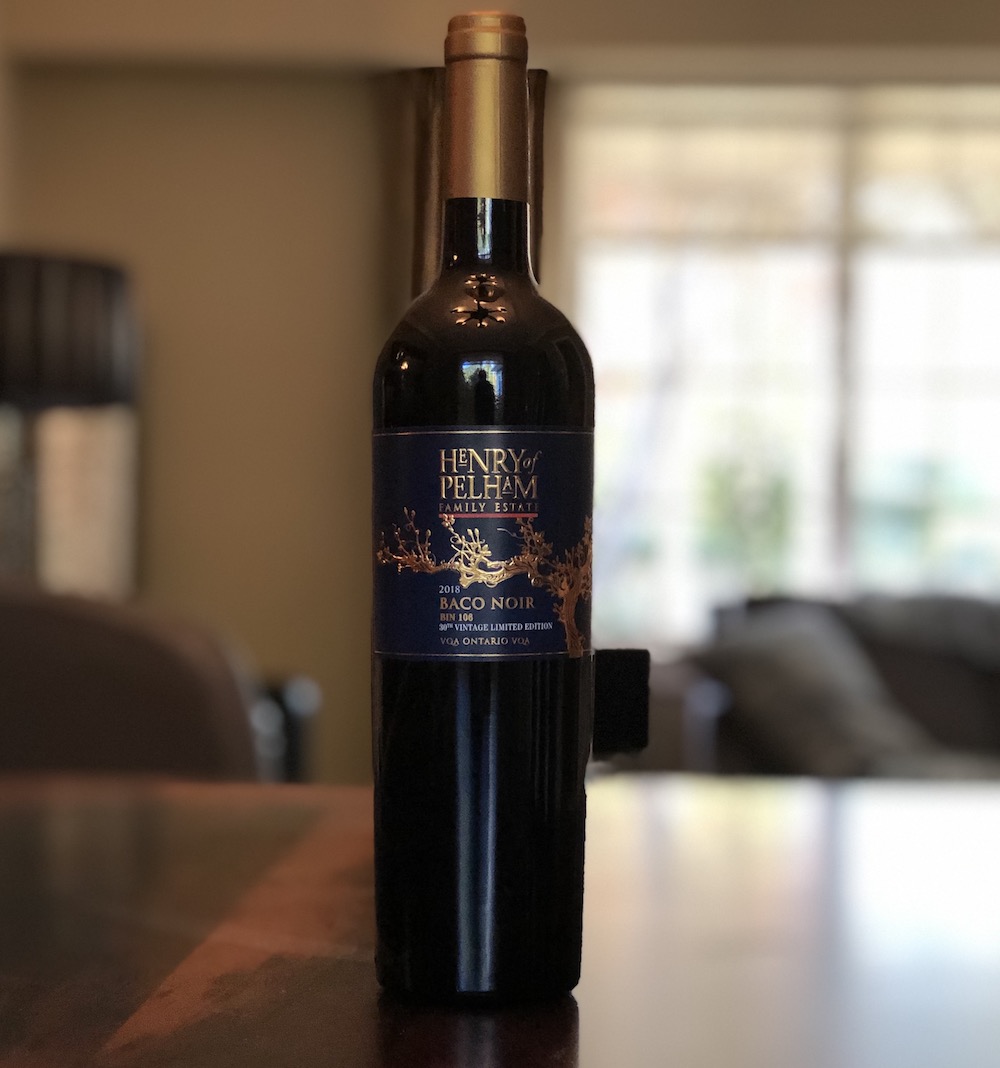
There is no doubt in anyone’s mind that the Henry of Pelham brothers are the undisputed kings of Baco Noir in Niagara, and with this 30th vintage of the new limited edition Bin 106 Baco Noir, crafted from the estate’s oldest vineyards on the Short Hills Bench sup-appellation, they won’t lose that crown any time soon.
The Bin 106, from vines the Speck brothers, Daniel, Paul and Matthew, shovel-planted as teens in 1984 in crooked rows that roll with their land, pays homage to the vineyard where these grapes were grown.
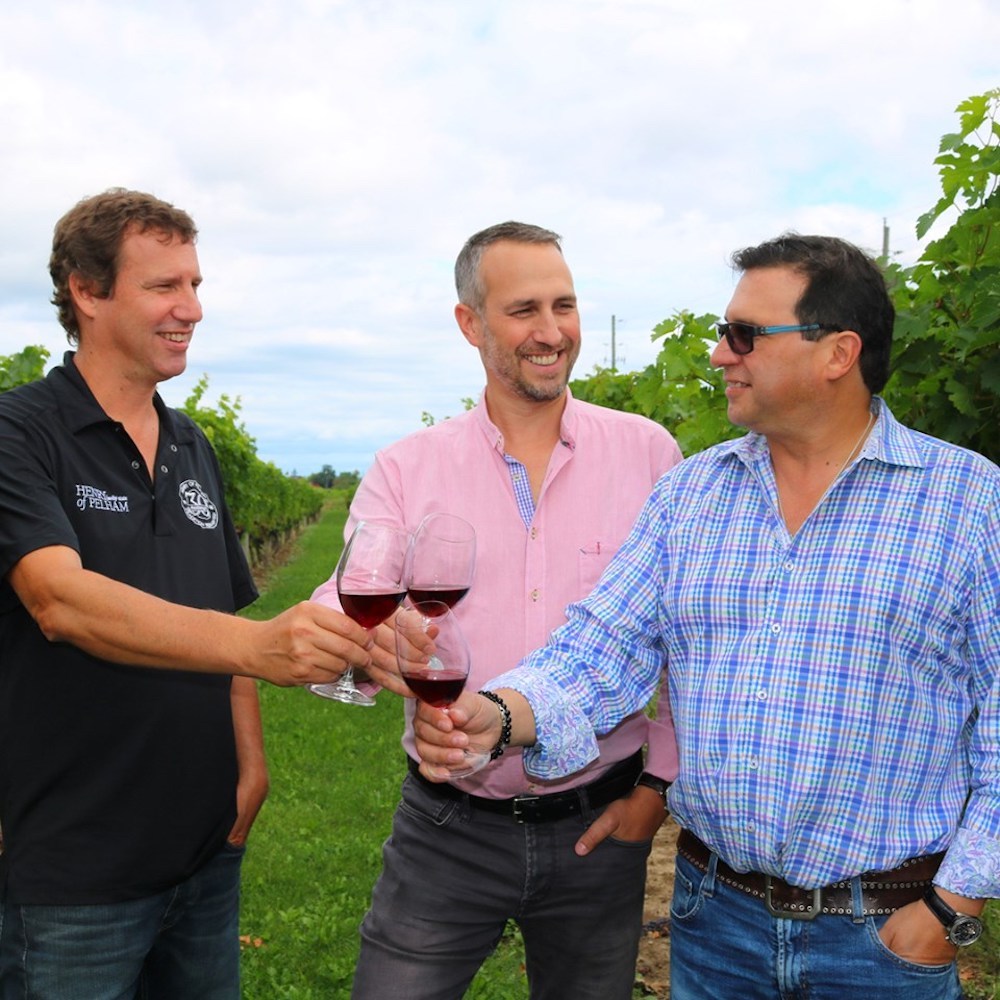
It’s a single Baco vineyard with yields of 3.5 tonnes per acre. Grapes are gently moved by gravity, destemmed, mechanically sorted (optically as needed) and the cap gently managed through pulse-air during fermentation to extract natural rich fruit, intensity of colour and flavour.
It’s aged in a combination of new and 1-year-old American barriques for 12 months. Through a three-tier selection process, only the top performing barrels were selected, resulting in a 50% new oak allocation.
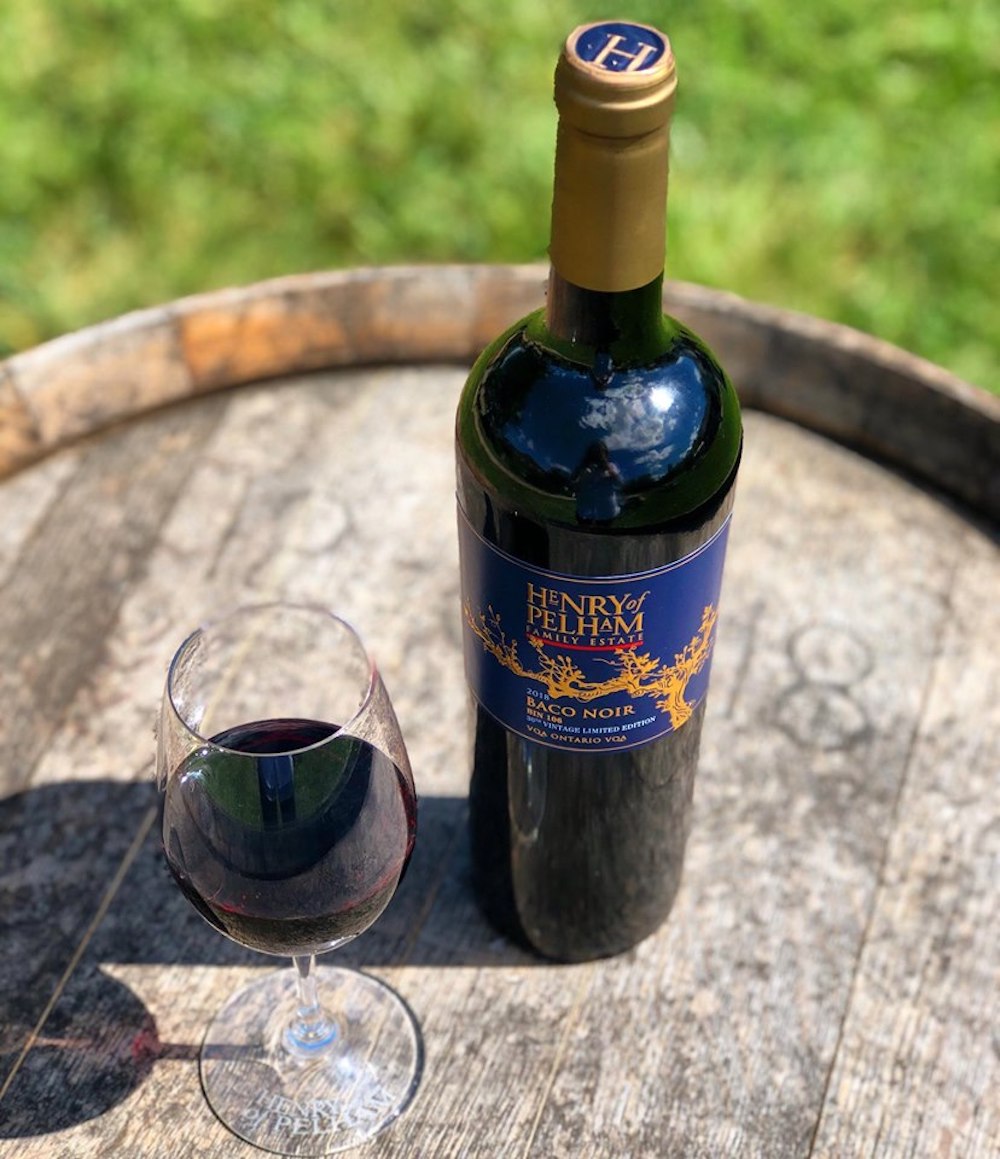
Henry of Pelham Bin 106 Baco Noir 2018 ($30, winery, 92 points) — It has a powerful nose of smoky dark fruits, plums, dried tobacco, cherry compote, toasty vanilla and spice with an interesting array of integrated herbs. It’s thick in the glass and full-bodied on the palate with smoky/savoury cassis, currants, jammy red fruits, licorice, savoury spices and herbs all kept lively from the retention of bright acidity through a big finish. Cellar 5+ years.
A trio of new wines from Malivoire
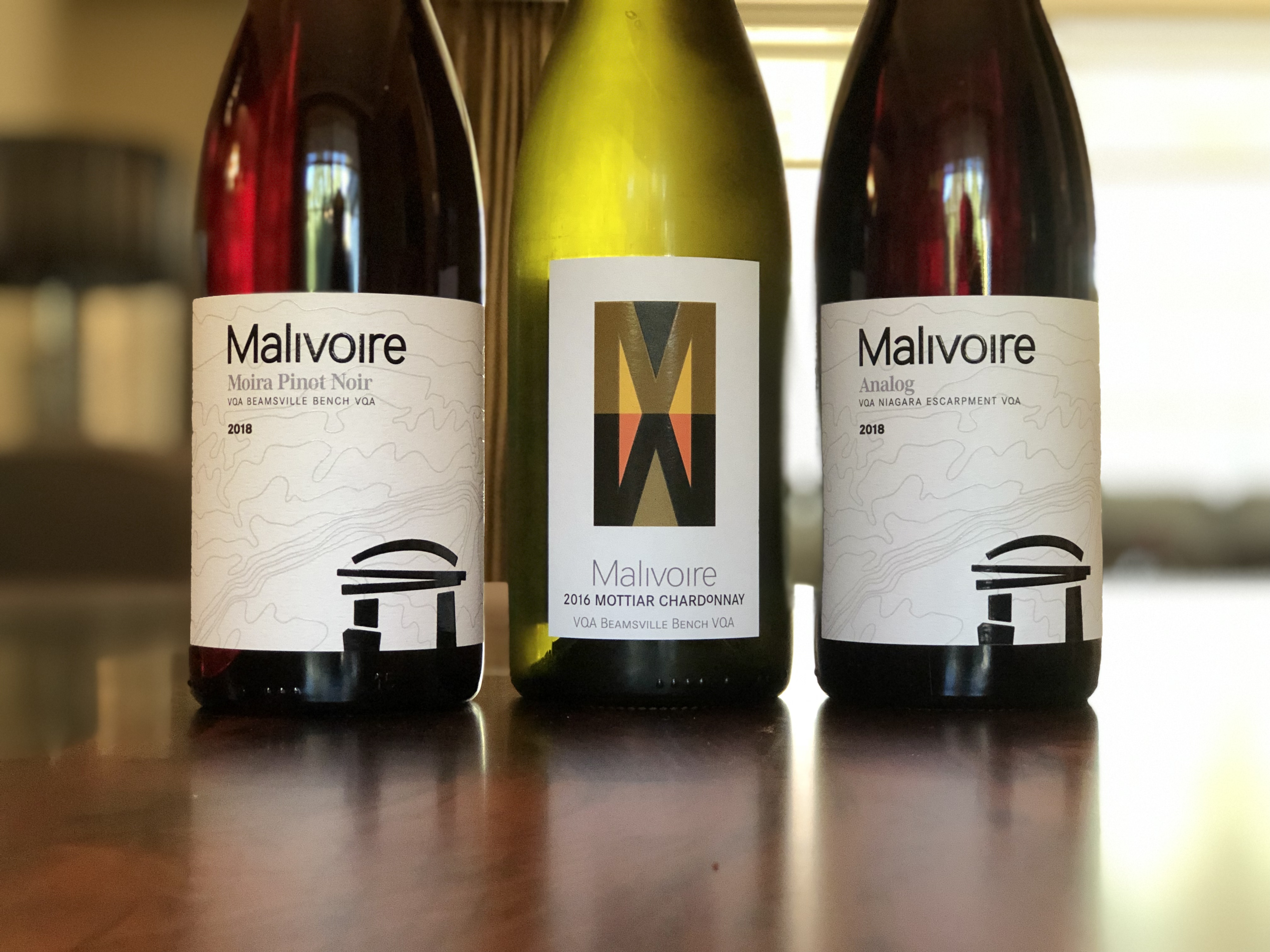
Malivoire Mottiar Vineyard Chardonnay 2016 ($30, 92 points) — The fruit is sourced from winemaker Shiraz Mottiar’s own vineyard on the Beamsville Bench. It’s wild fermented in old oak puncheons with partial malo and aged for 8 months in old oak barrels. Such a fresh and saline nose with defined minerality to go with pear, apple skin, subtle oak spice in a pure and invigorating style. The palate reveals a bit more flesh but it’s driven by that saline/flinty minerality with quince, complex stone fruits, depth of flavour, integrated spice notes, vibrancy and finesse on the finish. Lovely, pure Chardonnay from the Bench.
Malivoire Moira Vineyard Pinot Noir 2018 ($35, only 41 cases, 92 points) — Hand-picked, hand-sorted, mostly destemmed and layered in stainless steel for primary fermentation using indigenous yeast. The wine was moved to neutral French oak for five months of aging. It shows a lighter shade of red in the glass, a quirk of the vintage, and has a subtle, elegant nose of violets, brambly raspberry, red cherries and underlying earth and spice notes. The crushed red berries perk up on the palate supported by fine tannins, earthy nuances, minerals and spice delivered on a pure, lifted finish.
Malivoire Analog 2018 ($25, 89 points) — The blend is 49.5% Cabernet Franc, 36.5% Gamay and 14% Pinot Noir and reminiscent of the rare Burgundian style of wine called “passe-tout-grains” that combines the Pinot Noir of the Cote d’Or with the rich, spicy Gamay of Beaujolais. The aromas of cherries and raspberries are joined by plums, pepper, cassis and subtle spice notes in a rustic style. The palate reveals earthy/savoury red berries, peppery spice, anise, plums, medium tannins, licorice and caressing mouth-feel through a vibrant finish.
Single-vineyard Pinot from Inniskillin

Inniskillin Montague Vineyard Pinot Noir 2017 ($31, Vintages, Wine Rack stores, 92 points) — Inniskillin purchased the 100-acre Montague Vineyard in the Four Mile Creek sub-app in 1982 and winemaker Bruce Nicholson makes both this Pinot Noir and a Chardonnay from the old vine fruit. It was aged in a combination of older and new French oak barrique for 13 months. Such a pretty nose of black cherries, brambly raspberries, plums, leather and subtle earthy/spicy accents. Smooth and approachable on the palate with medium tannic structure to better serve the rich, ripe red berries, touch of plums and anise with earth, spice and savoury notes on a finessed finish. Can cellar 5+ years.
Niagara Wines hitting
Vintages shelves Saturday
It’s the first of the Christmas releases at Vintages stores on Saturday. We picked this trio to recommend plus three stunners being released only in the online Classics Collection.
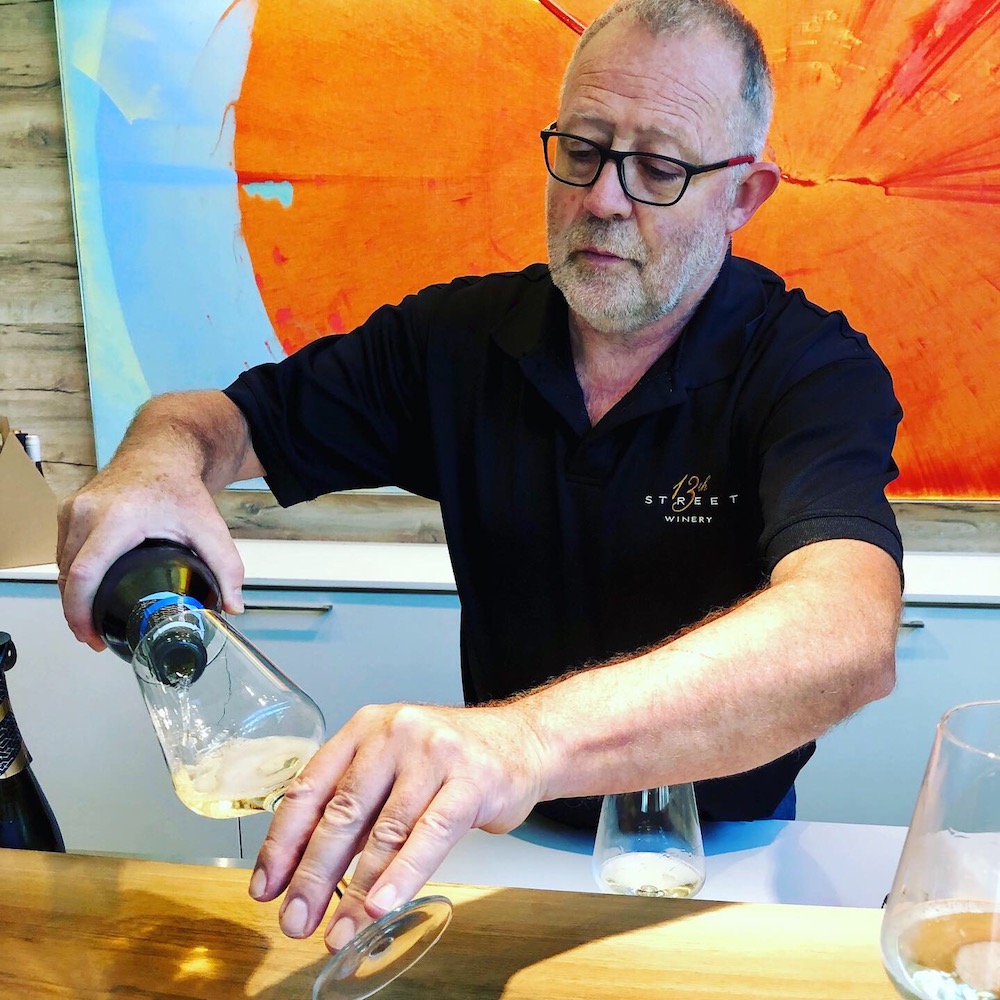
13th Street Premier Cuvée Sparkling 2013 ($40, 92 points) — A 50/50 blend of Pinot Noir and Chardonnay that is made in the traditional method but has zero dosage and no oak treatment. This is how winemaker JP Colas likes to build his sparkling wines — completely naked and unmasked so you taste the grapes and the vineyard, not the meddling oak and sugar. The nose shows bright citrus, melba toast, green apple, stony minerality and subtle brioche and cream. It’s razor sharp and taut on the palate with tight, persistent bubbles and electric acidity driving the citrus, green apple, minerals and creamy/toasty notes through a mouth-watering finish.
Cuddy By Tawse Spark Limestone Ridge Riesling NV ($26, 89 points)— Made in the traditional method with 14 g/l of RS. Lovely understated aromas of pear, apple, biscuit, melon and lime. It has a vigorous bead in the glass and on the palate with lime, grapefruit and apple flavours in a fresh, approachable style.
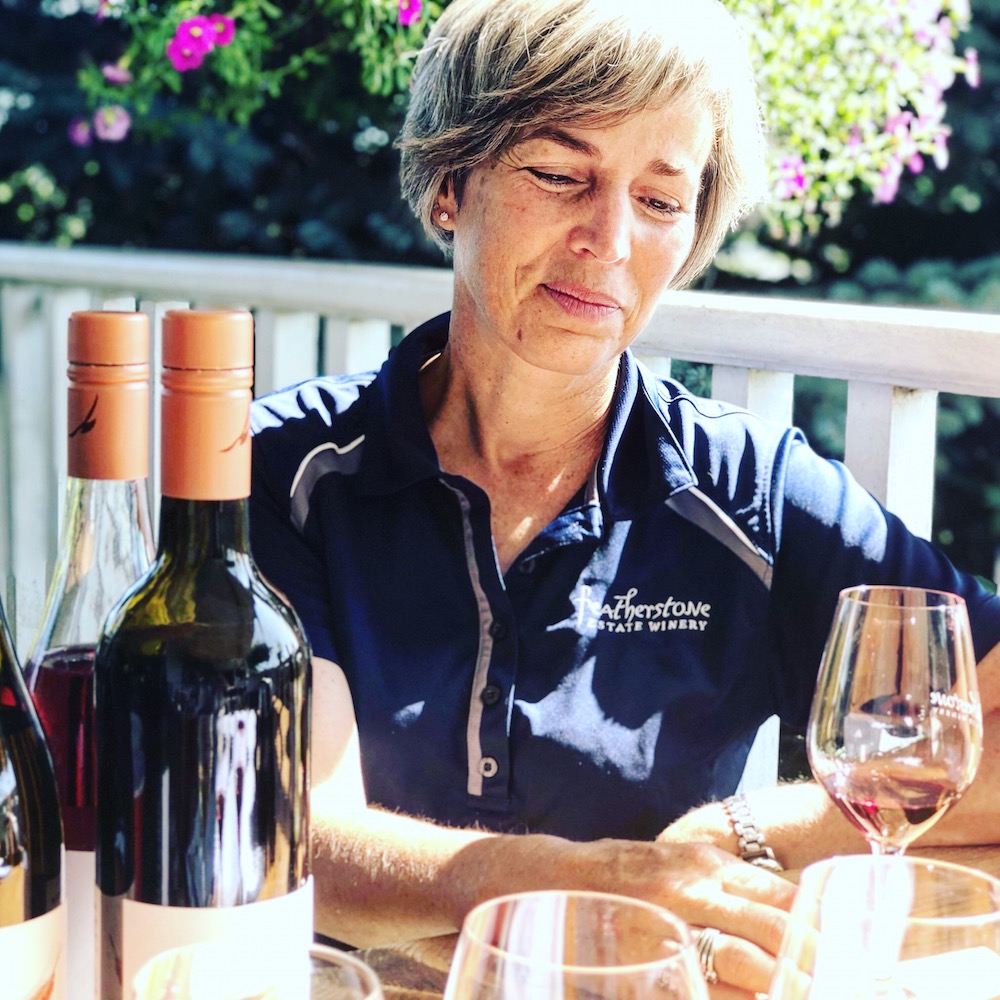
Featherstone Rosé 2018 ($16, 88 points) — Co-owner of Featherstone, Louise Engel, above, makes no bones about — “we’re looking for robust in our rosé.” So, they rely heavily on Cabernet Franc and and Gamay, Merlot and a dab of Pinot Noir to achieve the style of rosé they like to drink at chez Featherstone. The nose shows an eclectic range of plums, strawberries, cherries and cranberries with just a bit of underlying earthy/savoury notes. There is a smidge of sweetness on the palate with gobs of red fruits, plums, savoury herbs and a bright, refreshing finish.
A Gris from New Zealand

Kim Crawford Pinot Gris ($20, Vintages, 89 points) — From Marlborough with a touch of Gewurztraminer and Riesling blended in, this personable Pinot Gris as an enticing nose of pear, melon, honeysuckle, peach and a subtle note of ginger. It’s clean and fresh on the palate and loaded with quince, melon, fuzzy peach and a lifted, fresh finish.
Other Niagara wines released, but not reviewed:
• Cave Spring Indian Summer Late Harvest Riesling 2017 ($25 for 375 mL)
• Southbrook Framboise ($20 for 375 mL)
• Inniskillin Riesling Icewine 2017 ($80 for 375 mL)
• Lakeview Cellars Cabernet Franc Icewine 2017 ($30 for 200 mL)
• Jackson-Triggs Entourage Grand Reserve Brut Sparkling 2015 ($30)
• Magnotta Venture Series Starlight Sparkling ($26)
• Henry of Pelham Speck Family Reserve Riesling 2018 ($25)
• The Tragically Hip Ahead By A Century Chardonnay 2018 ($22)
• Westcott Estate Chardonnay 2017 ($28)
• The Tragically Hip Fully Completely Reserve Red 2017 ($25)
Classics Collection for November
(ordering begins Nov. 11)
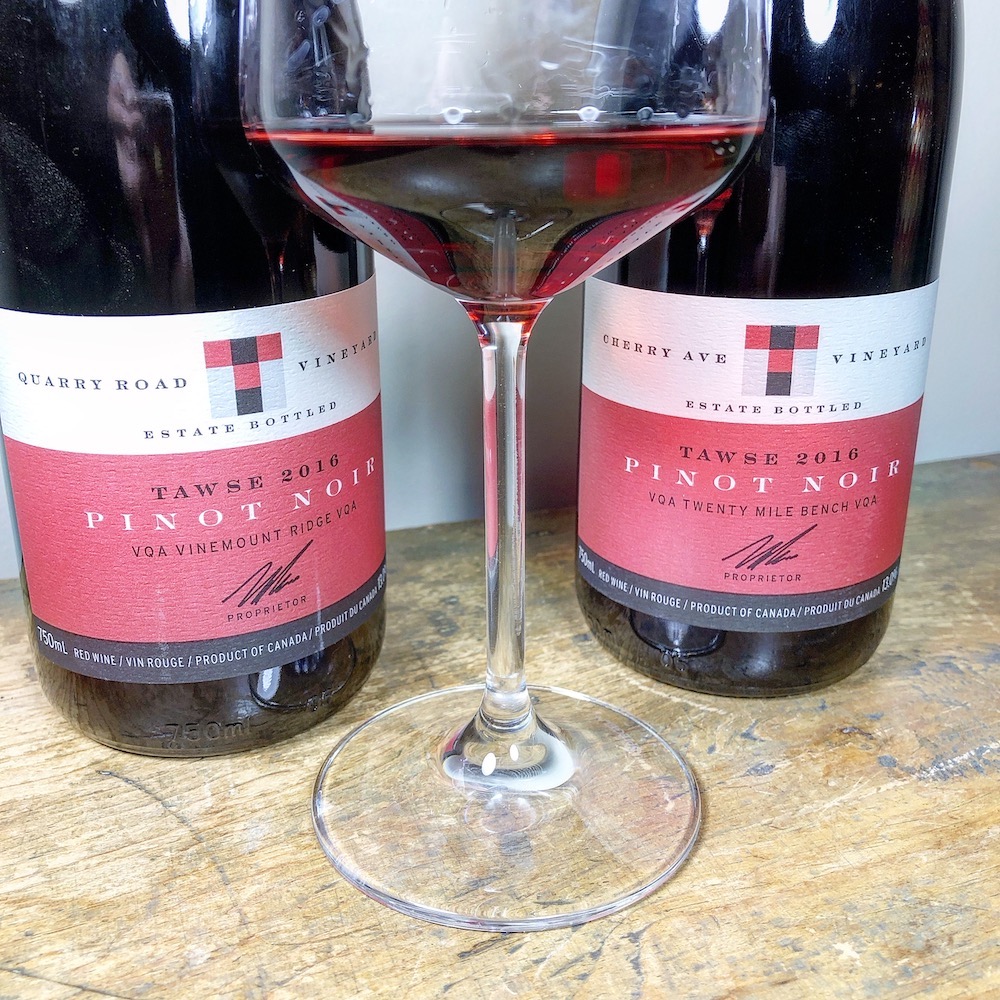
Tawse Cherry Avenue Pinot Noir 2016 ($49, 94 points) — The best Cherry Avenue I have tasted, which is surprising as I usually prefer the cooler vintage Pinots in Niagara. This version, even with 16 months in French oak, is made with a deft touch (assuming mostly older barrels) and shows a lighter colour in the glass than the Quarry and reveals pretty darks cherries, brambly raspberries, light spiced notes and an intriguing vein of minerality/iron on the nose that is pleasingly inviting. It dances lightly on the palate with savoury red fruits, a floral note with that intriguing minerality that builds in intensity through the silky smooth and finessed finish. Niagara Pinot at its best. (RV)
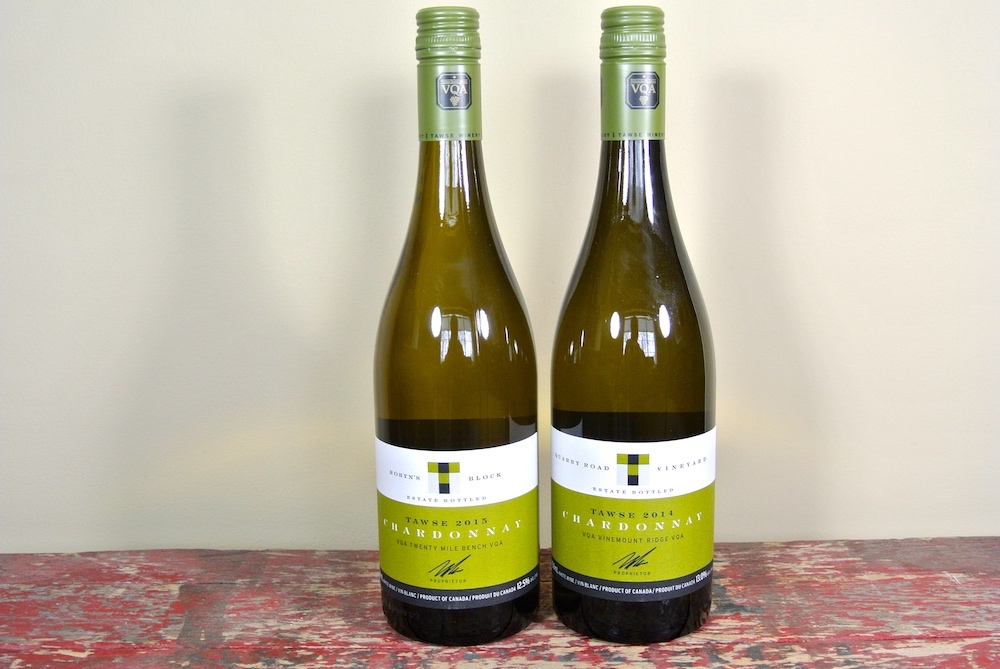
Tawse Robyn’s Block Chardonnay 2015 ($46, 93 points) — A wild fermented and barrel aged in French oak for 16 months Chard made with estate certified organic and biodynamic grapes now 35 years old. Such a beguiling nose of apple/quince, freshly squeezed lemon with fully integrated, elegant oak spices and enticing minerality. It’s fresh and vibrant on the palate with lifted green apple, mineral, pear, zesty citrus and minerals that already feels perfectly balanced with the light oak spices that shine on the long and finessed finish. Robyn’s Block has scored as high as 94 points for the 2011 vintage (which was named here as the Most Thrilling Niagara White Wine in 2014) and 93 points for the 2012 vintage.
December Classics Collection
(ordering begins in December)
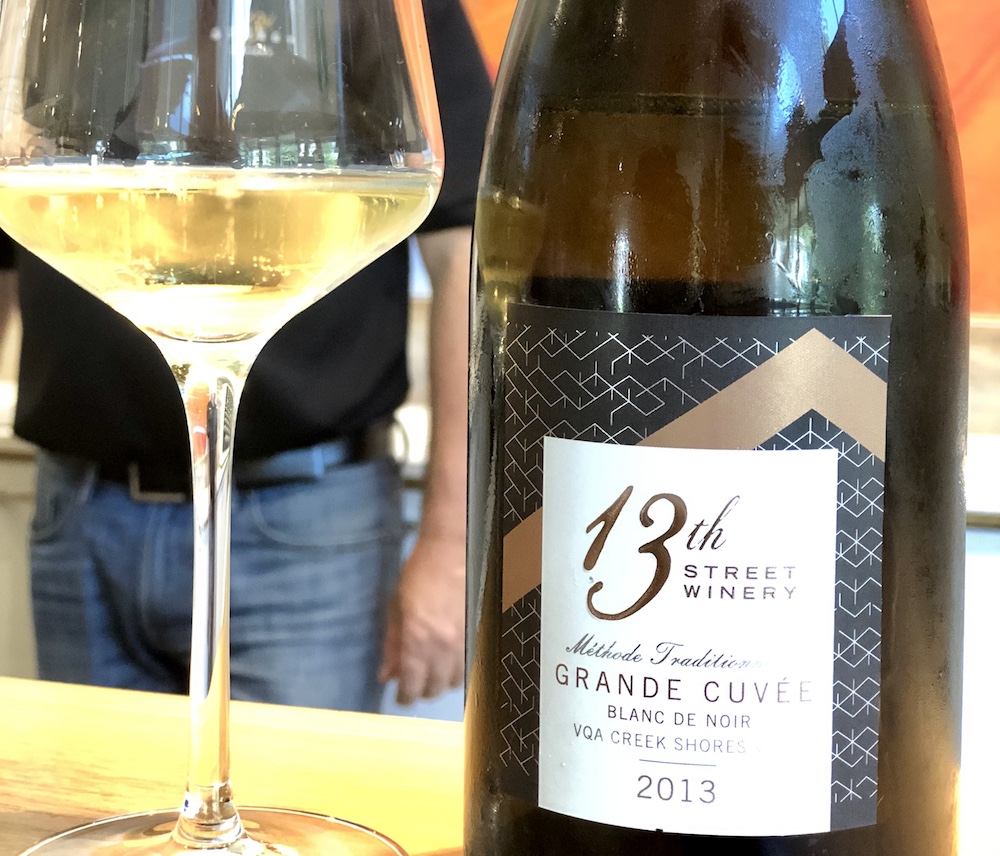
13th Street Grand Cuvée Blanc de Noir Sparkling 2013 ($60, 94 points) — Made from 100% Pinot Noir from the Whitty Vineyard, this top dog sparkler from Colas follows in the footsteps of the last time it was made from the 2007 vintage. It was on the lees for a full 60 months, did not go through malo and there was no sugar back added to dosage. Just wow! Such a delicate mousse with a beautiful yet complex nose of poached pear, mineral, citrus, lemon curd, brioche, bready/yeasty notes and a subtle, interesting oxidative note. It’s dry and austere on the palate with persistent tiny bead of bubbles and a rich, textured feel to go with a mélange of berries, creamy pear, baked apple, earth and smoky notes that all linger on a finessed palate and graceful finish.


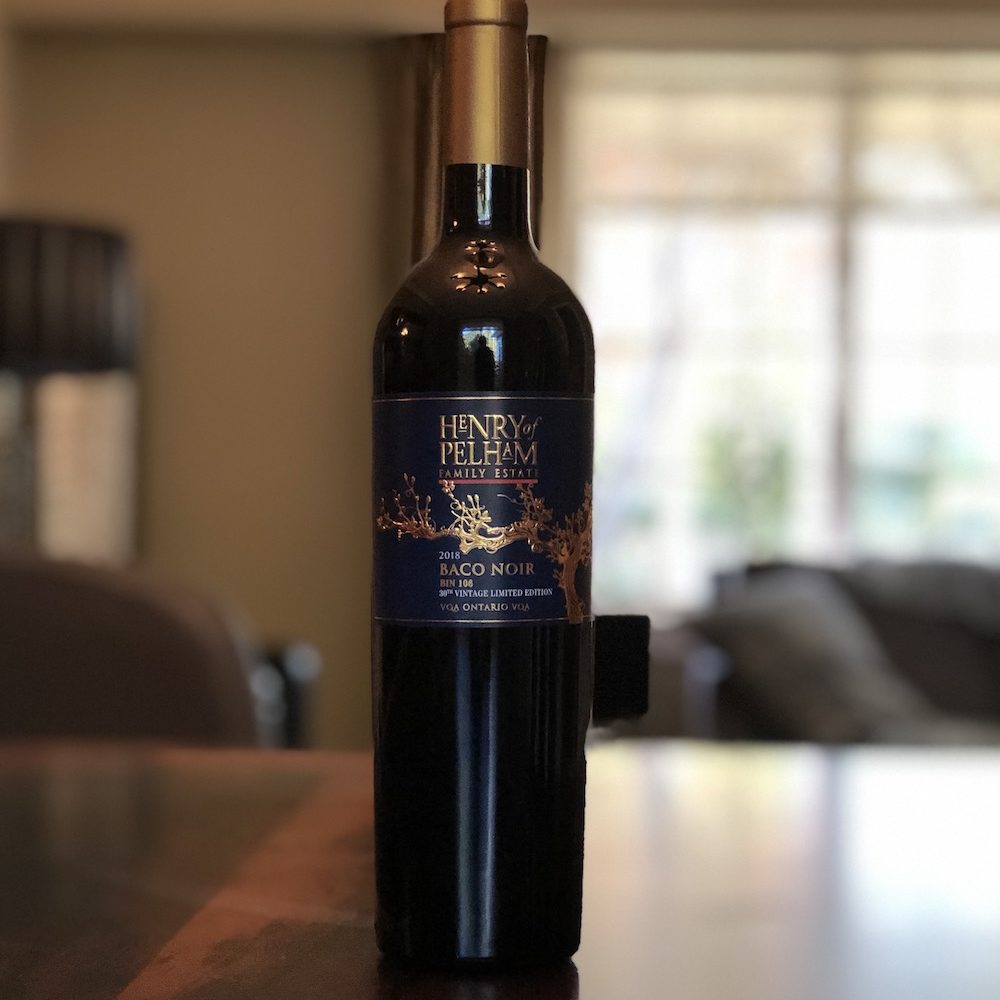




Is the Inniskillin Montague Pinot Noir that you reviewed the 2016 in the review or the 2017 in the photo?
Good eye, yes, the 2017 … from that very bottle. Fixed it, cheers!